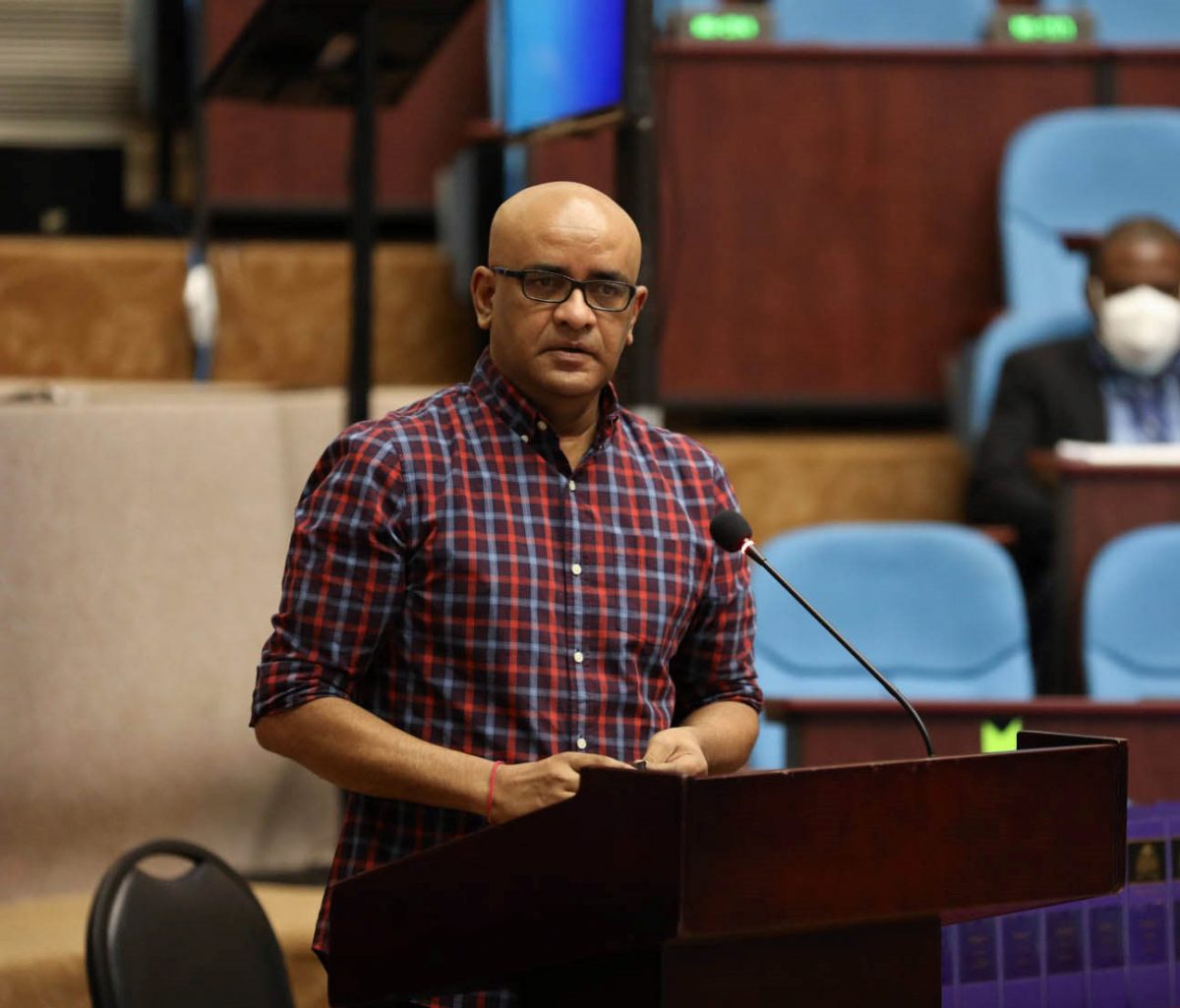As the 2021 United Nations Climate Change Conference, known as COP26, draws closer, the Guyana Government’s preparation for the summit is intensifying as it races against time to finalise a new Nationally Determined Contribution (NDC).
NDCs are a country’s plan for climate action, required by the Paris Agreement on Climate Change.
The new NDC will potentially include a pledge of cutting carbon emissions by 50% by 2025 – a decrease from the previous commitment of 100%.
COP26 is scheduled to be held in Glasgow, Scotland, in November. Countries from across the world, including Guyana, will meet to discuss climate change and how to tackle it.
One of the key aspects of COP26 will be negotiations over the rules of the Paris Agreement, which is a legally binding international treaty on climate change.
It was adopted by 196 parties at COP21 in Paris on December 12th, 2015 and entered into force on November 4th, 2016. Its goal is to limit global warming to well below 2, preferably to 1.5 degree celsius, compared to pre-industrial levels.
The agreement requires each country to prepare, communicate and maintain successive NDCs that it intends to achieve every five years.
The former A Partnership for National Unity (APNU) + the Alliance For Change (AFC) government submitted Guyana’s first NDC in 2015, committing to increase its share of renewable energy by 100% by 2025, once adequate financial resources are provided.
In a recent exclusive interview with the Sunday Stabroek, Vice-President Bharrat Jagdeo described Guyana’s first NDC as wild and unrealistic, filled with unachievable goals. He said, despite pledging to move to renewable energy by 2025, the coalition government had no plans in place to achieve that goal.
He noted that the Amaila Falls hydropower project, which was the previous PPP/C government’s plan to increase Guyana’s share of renewable energy, was scrapped and the coalition did not replace it with another renewable energy project.
“So we are not going to achieve the pledge made by APNU,” he said.
However, as part of the Paris Agreement countries are also required to submit new NDCs or updated NDCs by 2020 and every five years thereafter, regardless of their respective implementation time frames.
The Vice President confirmed that Guyana will be submitting a new NDC this year, which he says will be more realistic in three focus areas with a possible fourth expected to be added before the final draft is submitted.
He noted that the Government is a bit worried that the new NDC will make it seem as though Guyana is lowering its ambition, rather than raising it, even though that is not the case.
Nevertheless, the new NDC will be submitted and an explanation will be given regarding the changes made at COP26. He disclosed that there is already a new draft of the NDC, with consultations expected to be held soon with key stakeholders, including the Opposition.
The three current focus areas include forests, energy and transport. Jagdeo said that the new pledges will be implemented in phases and based on estimated calculations, Guyana should be able to cut its carbon emissions in the energy sector by 50% by 2025 by switching to natural gas. The government’s plan to use natural gas for electricity from offshore oil operations has raised concerns about its commitment to cutting the release of greenhouse gases. Natural gas is cleaner than the Heavy Fuel Oil currently in use however it will still release carbon dioxide and other pollutants.
In addition, the Vice President said when the Hydro-power project comes online, it is possible that Guyana will be able to cut carbon emissions by 70% by 2027.
Jagdeo will head of Guyana’s delegation that will be attending COP26.
Apart from the 2025 goal of achieving renewable energy in the NDC, Guyana had also pledged to implement its climate resilience strategy and action plan; upgrade infrastructure and other assets to protect against flooding; restore mangroves; implement hinterland adaptation measures; develop and implement early warning systems; enhance weather forecasting including microclimate studies and localized forecasting; develop and introduce crop varieties which are flood resistant, drought tolerant, disease resistant; develop environmental and climate change awareness programmes at all levels and also, innovative financial risk management and insurance measures.
The NDC also said that unconditional contributions will be made and these include basic work on integrated water management infrastructure, which includes the construction, rehabilitation and maintenance of conservancies and canals, and sea defenses, water supply and sanitation, as well as the introduction of new agricultural techniques such as hydroponics and fertigation.
In addition, it was stated that climate change considerations will be mainstreamed in all sectors of national development.
According to the United Nations Framework Convention on Climate Change (UNFCCC), the Paris Agreement is a landmark in the multilateral climate change process because, for the first time, a binding agreement brought all nationals into a common cause to undertake ambitious efforts to combat climate change and adapt to its effects.
In their NDCs, countries have communicated actions that they will take to reduce their greenhouse gas emissions in order to reach goals of the Paris Agreement. Countries also communicated in the NDCs actions they will take to build resilience to adapt to the impacts of rising temperature.
In order to achieve the goals stated in the agreement, it also provides a framework for financial, technical and capacity building support to the countries that need it.
In order to implement its conditional adaptation actions, including infrastructural development works, Guyana stated in its first NDC that an estimated US$1.6 billion would be required in the period to 2025






